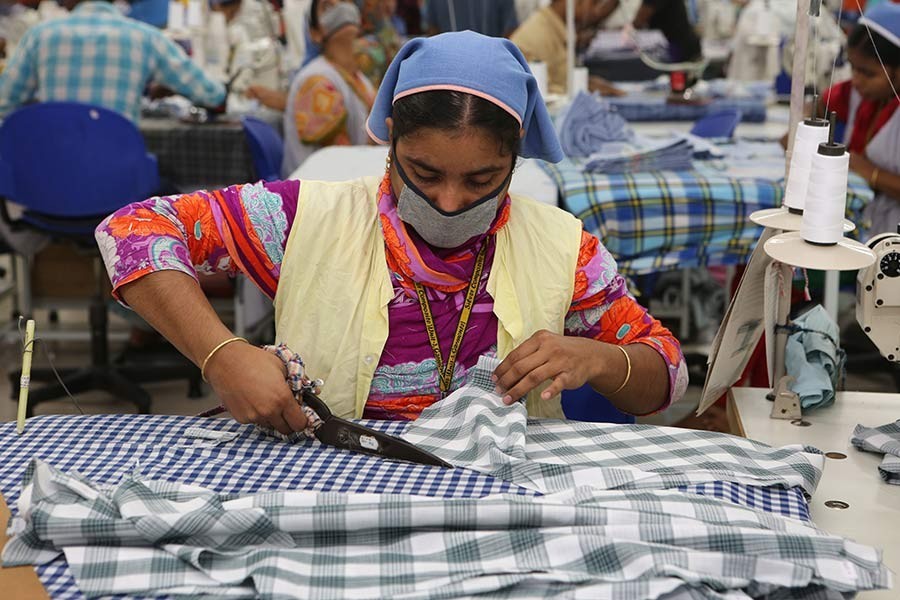Vietnam's overtaking of Bangladesh to become the second-largest exporter in the global apparel market is nothing surprising. The two countries had been running neck and neck since 2015. The Southeast Asian nation's export earnings in the first five months of the current calendar year, for the first time, surpassed that of Bangladesh. The rise of Vietnam has been a spectacular one given its standing in the global market compared to Bangladesh's during two decades starting from 1991. The garment industry of the latter was enjoying a bull run belying all doomsday predictions by a section of soothsayers.
The bull run came to an end in 2012. Bangladesh's apparel export has been growing at a reduced pace since then. Vietnam, in contrast, has done well with its apparel exports maintaining a robust growth. The collapse of the Rana Plaza that claimed the lives of nearly 1,200 apparel workers in 2013 and some industry fires had dealt a severe blow to the country's apparel industry. However, remedial actions initiated jointly by the international buyers' platforms and the government to ensure the safety of the garment workers have helped the industry retrieve its image to a great extent. But the fact remains that all these safety-related incidents have only strengthened the bargaining power of the buyers.
The reasons for Vietnam doing well in the international apparel market are many. The major ones include its free trade deal (FTA) with the European Union (EU), better lead-time because of its geographical closeness to the USA and Europe, production of high-end products with strong backward linkage industry, skilled workforce, presence of substantial Chinese investment; the list is longer - higher labour productivity, better business and investment climate, currency devaluation and some more financial support from the state.
Undeniably, the Bangladesh RMG has flourished riding mainly on its low-cost labour. But, for any industry it is pretty difficult to sustain for long through the fierce competition in the global market depending on one single factor. This hard truth becomes more evident when others with additional advantages enter the market. Vietnam is a case in point. Much to its disadvantage, the Bangladesh RMG is still largely confined to the production of basic items even after four decades of its existence. The graduation to a few high-end and value-added items for the export market has been rather slow. Moreover, the country has been lagging in the production of technical, services, sports and non-woven items.
The government has been generous in extending financial support to the apparel sector. Such support has evoked questions about discrimination towards other export sectors. Moreover, the overdependence on a single sector - RMG fetches more than 85 per cent of the export revenues - has also drawn criticism. The time - four decades - that the apparel industry has got is more than enough to consolidate its position in the global market.
The industry by now should have acquired both skill and dynamism necessary to produce high-end products and add more value to its exports. An unrestricted entry of foreign investors into the country's apparel sector would help more to meet those objectives. The government, on its part, will have to do a lot of groundwork to facilitate the entry of foreign investors who have enough alternatives before them. Besides, the fiscal support to the RMG needs to be made conditional, in terms of product upgrade and value-addition.


